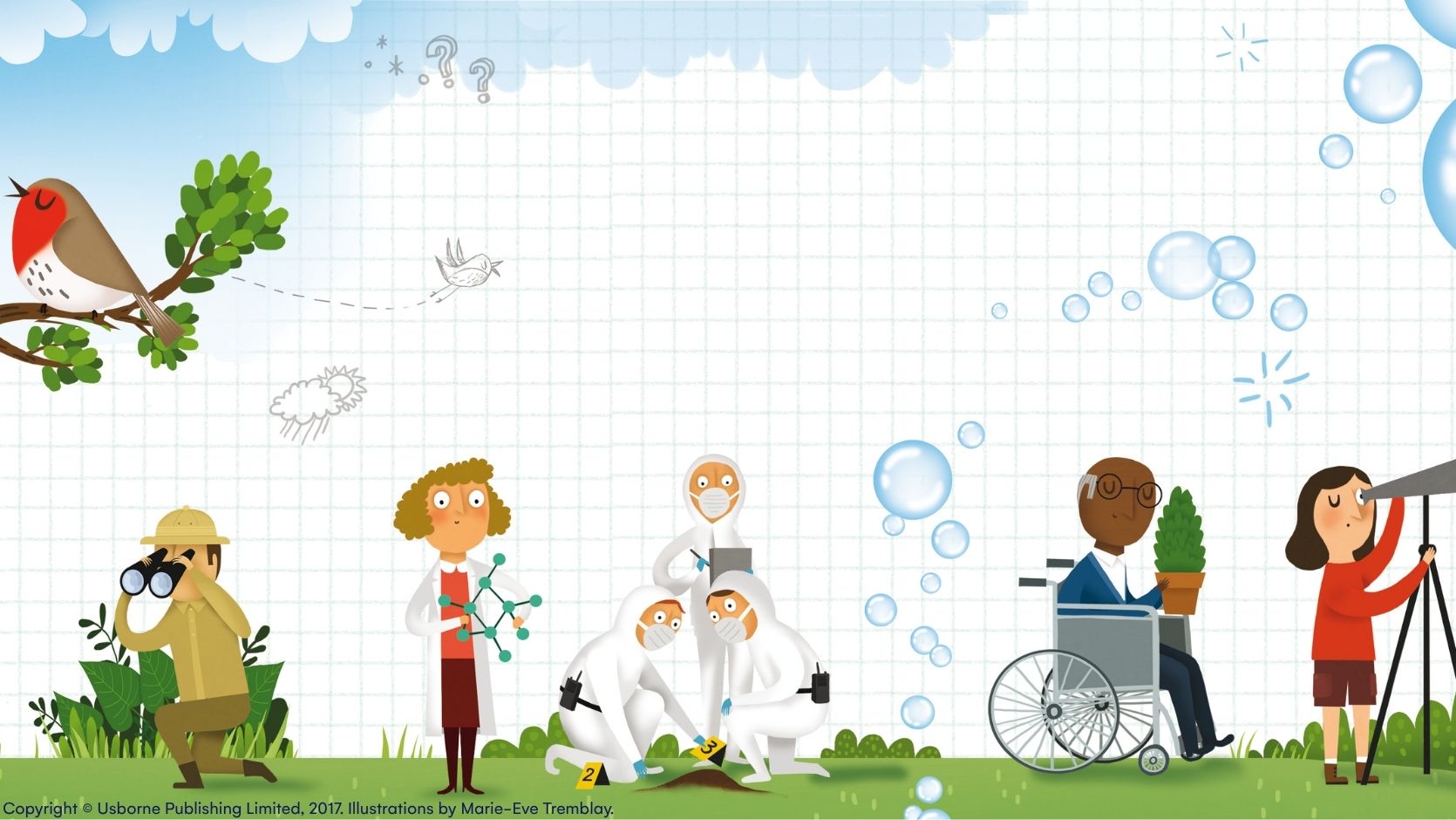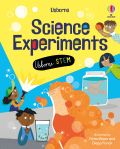- Readers and books
The best STEM books for kids

Helping kids fall in love with science, technology, engineering, and math starts with curiosity and the right books. Below you’ll find a parent- and educator-friendly guide to standout Usborne STEM titles available on the US site, from playful first discoveries to big-picture thinking for tweens. Wherever your child is on their journey, there’s a book here to spark questions, hands-on learning, and confidence.
To make it even easier to get started, we’ve also included a free printable Usborne STEM Activity Pack packed with simple, low-prep projects you can do at home or in class. (Grown-ups: please supervise all experiments.)
Our top STEM picks





















Begin with brilliant bodies (Pre-K Grade 2)
Early learners love exploring how their bodies work and this is the perfect, age-appropriate way in. All About You and Your Body (ages 3+) celebrates differences and shows how to keep healthy in a warm, reassuring voice. Pair it with the lift-the-flap Very First Questions & Answers: What are Germs? (ages 3+) to introduce hygiene and helpful vs. harmful microbes in a calm, factual way. When they’re ready to roam further, Big Book of the Body (ages 4+) unfolds into giant, wow-factor spreads that invite little hands to point, name and ask more.
First science that clicks (K-Grade 2)
If you’re looking for a broad, friendly first science book, First Encyclopedia of Science (ages 5+) answers everyday questions, from floating and magnets to simple experiments you can try together. For body-curious readers, First Encyclopedia of the Human Body (ages 5+) balances clear diagrams with real photos. When curiosity zooms right in, Book of the Microscope (ages 8+) shows how to set up and explore a brave new tiny world safely with an adult alongside.
Coding, robots and today’s AI (Grades 1-6)
Start with confidence: Understanding Coding using Scratch (ages 7+) walks kids through making games and animations step-by-step, which is ideal for after-school clubs or rainy weekends. Curious about chatbots and image generators? Understanding AI (ages 10+) explains big ideas simply, while See Inside Artificial Intelligence (ages 7+) uses flaps to demystify how machines learn. Keep the excitement buzzing with Lots of Things to Know About Robots (ages 6+): bite-sized facts that are easy to remember!
Powering the future (Grades 2-5)
From circuits to clean energy, these books connect what kids see at home to the big global picture. Try How It Works: Electricity and How It Works: Light (both ages 7+) for hands-on flaps and simple, safe demos. Then lift off with See Inside Future Energy (ages 7+) to imagine planet-friendly power, and The Future (ages 7+) to glimpse how cities, space travel and everyday life might change.
Real experiments and maker mindsets (Grades 1-6)
Bring science to the kitchen table with Science Experiments (ages 6+): clear steps, household materials, and questions that nudge children to predict, test, and reflect. For open-ended creativity, the write-in Inventions Scribble Book, Technology Scribble Book, and Science Scribble Book (ages 7+) turn problem-solving into doodles, designs and “what if…?” challenges that are perfect for makerspaces and STEM weeks.
Inspiring STEM careers (Grades 4-7)
Children often ask “What do scientists actually do?” What Do Scientists Do? (ages 9+) spotlights real-world roles from fieldwork to lab breakthroughs, while What Do Doctors Do? (ages 9+) follows medics from clinics to emergency medicine and beyond. Both titles are brilliant springboards for career day or a class research project.
Fun fact finishers (Grades 1-4)
Round things off with Lots of Things to Know About Your Body (ages 6+): quirky, memorable body facts that keep children chatting at dinner and eager to read “just one more page.”
Try this next: free STEM Activity Pack
Print a ready-to-go Usborne STEM Activity Pack and set up simple investigations with minimal prep (great for rainy days, libraries and classrooms).
-
Adult supervision needed; choose activities that suit your child’s age and readiness.
A quick word on safety and support
All practical activities should be tried with adult supervision. Read each book’s safety notes and choose experiments that suit your child’s age and confidence. If you’re a teacher, check your setting’s risk-assessment policy and align with your science standards.


